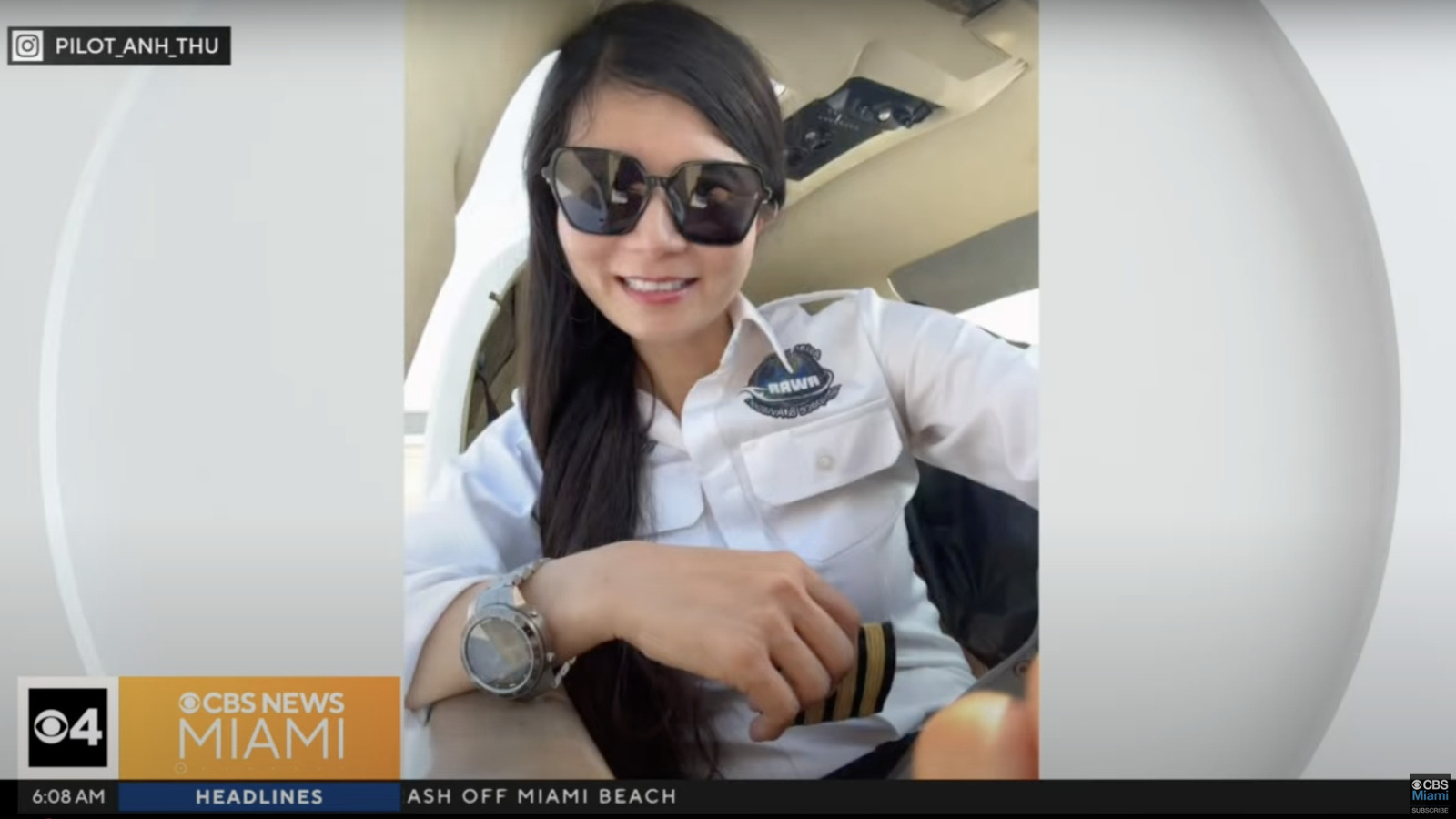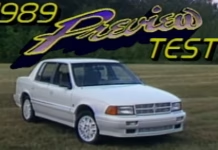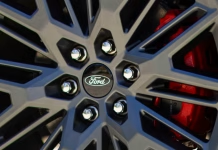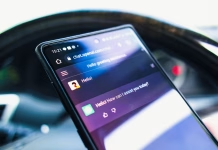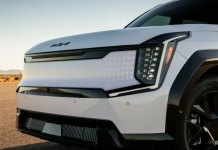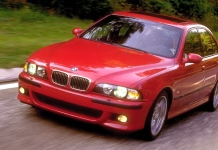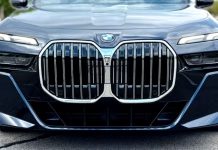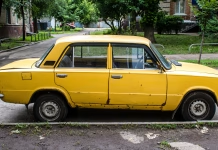Rediscover Forgotten 1980s Cars with This Retro Review Marathon
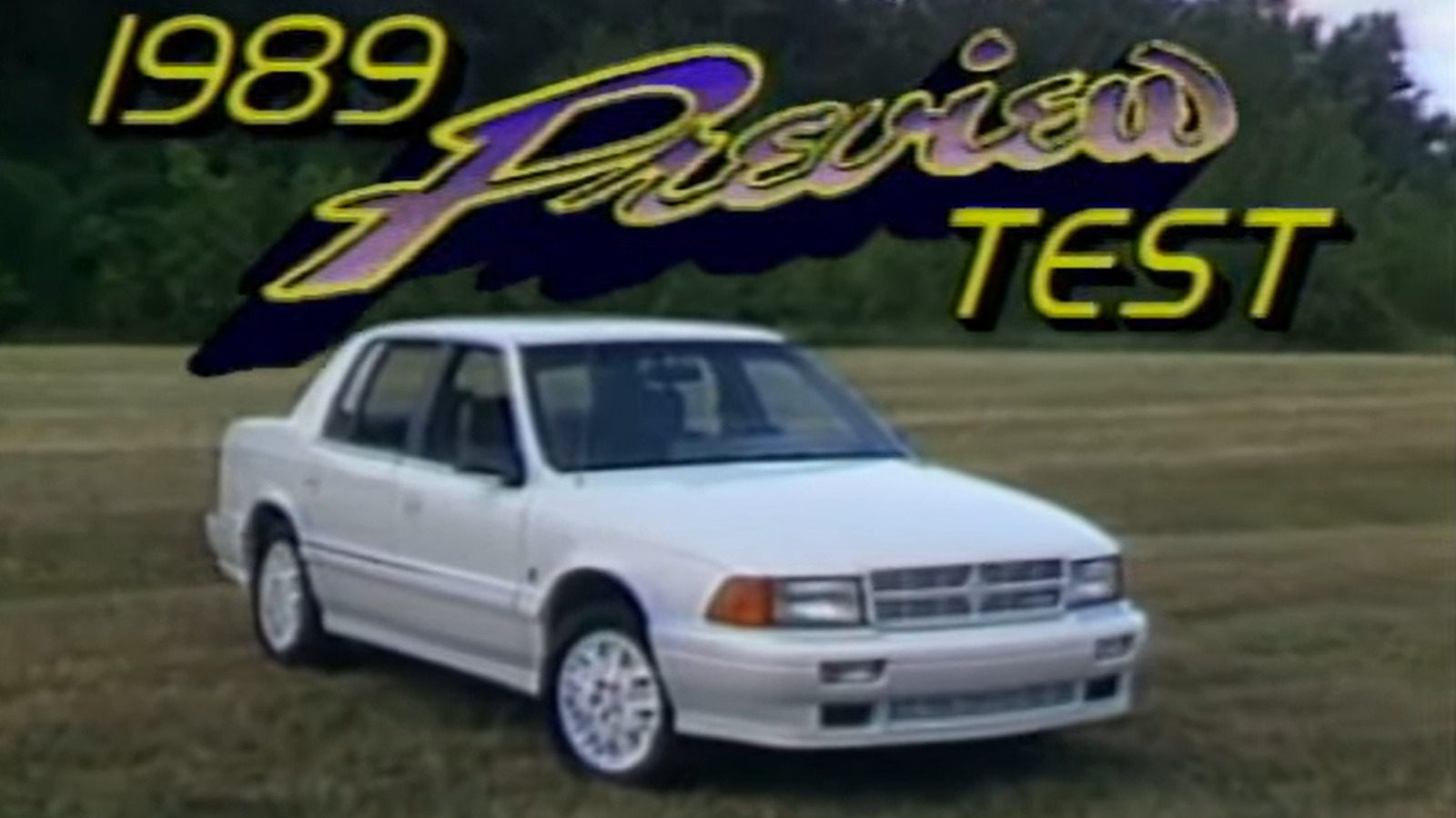
Ford Recalls Over 300,000 Trucks and SUVs for Brake Failure Risk
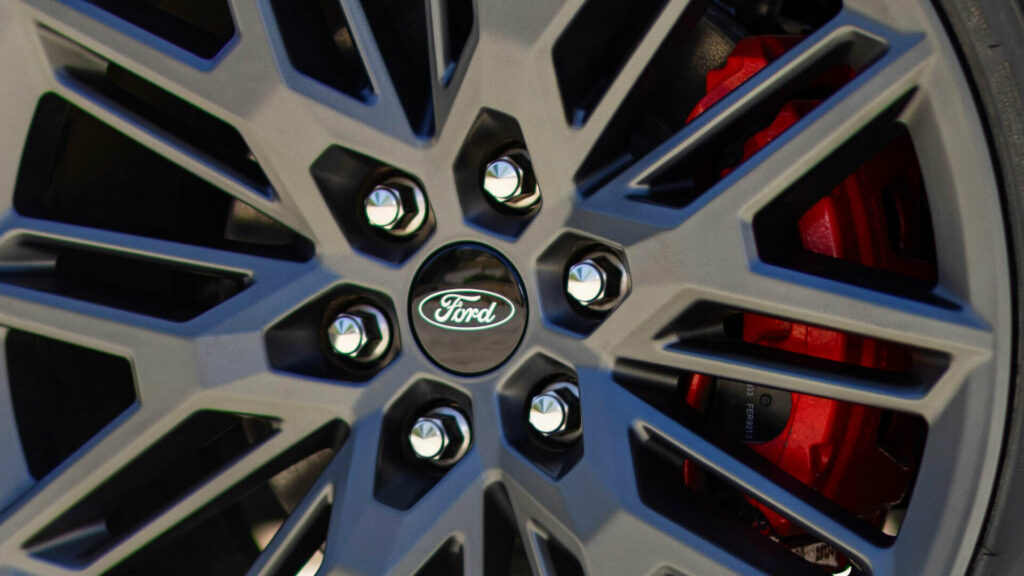
Why You Shouldn’t Trust AI for Car Repair Advice
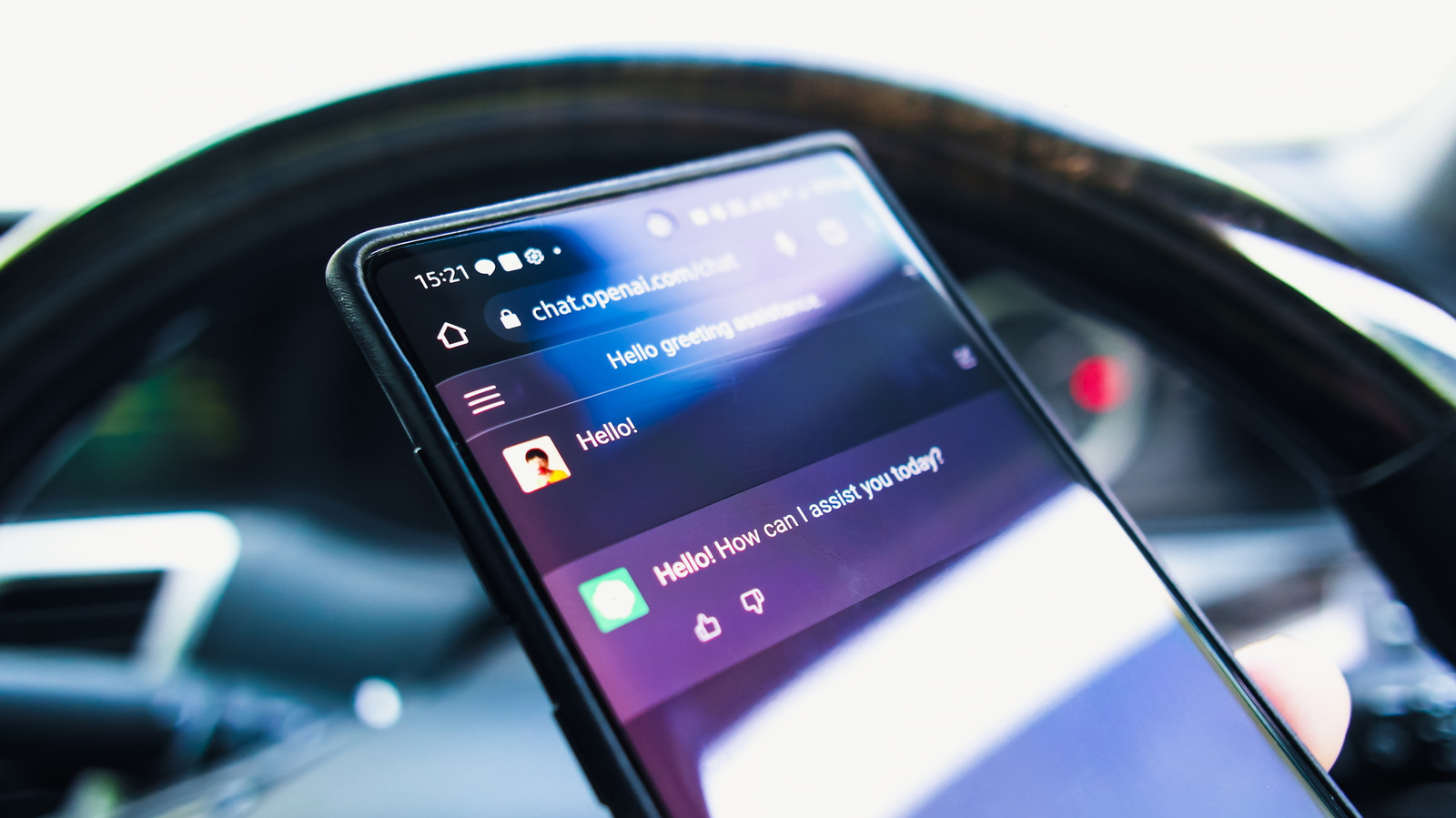
Kia’s Gas Models Surge as Electric Vehicle Sales Slide in 2025
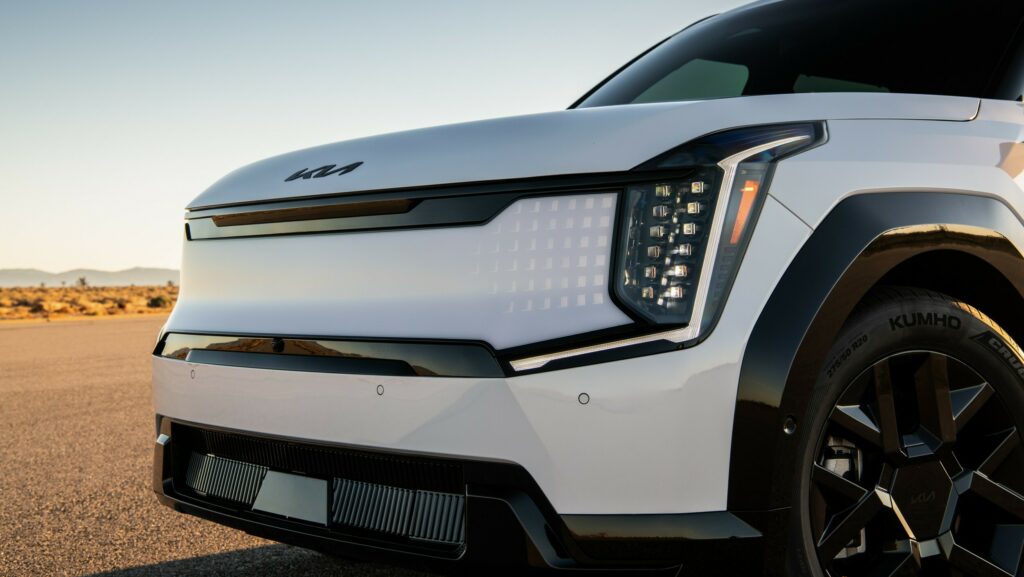
Inside BMW’s E39 M5: The Untold Battle Between Six and Eight Cylinders

Luxury BMW 760i Plummets $46K in Value After Just 6,500 Miles
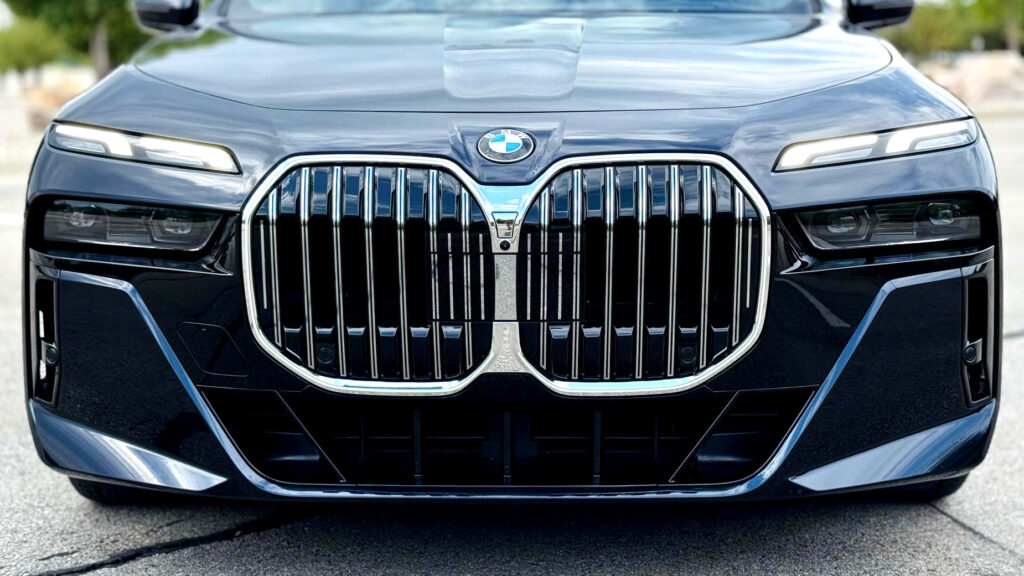
America’s Car Comeback: A Surprising Symbol of the Future

Supreme Court Blocks Mass Payouts in Car Finance Mis-Selling Scandal Ending Compensation Hopes for...
 Supreme Court's ruling effectively puts to an end any mass compensation payout
Supreme Court's ruling effectively puts to an end any mass compensation payout
Lenders won't have to pay millions of pounds in compensation to buyers over potentially mis-sold finance deals following a Supreme Court ruling.
Announced on Friday afternoon, Lord Robert Reed ruled that buyers weren't mis-sold finance by dealers chasing high commissions.
In his verdict, he said he would also allow lenders to submit appeals against future cases brought forward by buyers, in effect putting to an end any mass compensation payout.
The case has been heard by the UK's highest court since April and was centred around non-discretionary lender-paid dealer commissions that were tacked on to car finance deals without the knowledge of buyers.
In some instances, it has been judged that salespeople acting as brokers were incentivised to charge higher interest rates so they could bank an increased commission.
The Supreme Court heard the case after the Court of Appeal ruled compensation should be paid by lenders where buyers were not informed about the commission.
How did this start?
It started with a case brought against Close Brothers and FirstRand Bank by three customers who claimed they were mis-sold finance deals. The trio had previously had their cases thrown out by lower courts.
Judges unanimously ruled to uphold their appeals, stating: “A broker could not lawfully receive a commission from a lender without obtaining the customer’s fully informed consent to the payment.”
This in effect bans dealers from profiting on finance deals unless the buyer gives their consent. The decision threw banks and dealers into a state of disarray, and the situation has been called the biggest finance scandal since PPI in the middle of the last decade
What was at stake for lenders?
Before today's ruling, the case threatened the long-established agreement that dealers receive commissions from banks or lenders for acting as a middleman when selling finance agreements on vehicles.
In anticipation, many car makers had begun to disclose commission rates to customers in order to continue business as normal.
Among those gearing up for the worst was Lloyds Bank, as the owner of Black Horse, a leading lender of car finance. In February, it revealed it had set aside £450 million to cover legal expenses and compensation payouts.
It follows an investigation earlier in 2024 by the Financial Conduct Authority (FCA) concerning discretionary commission arrangements (DCAs) sold between 2007 and 2020, after more than 10,000 complaints were made.
DCAs allowed dealers and brokers to adjust lenders’ interest rates to reward themselves with commission payments on hire purchase (HP) and personal contract purchase (PCP) deals.
In one complaint, the FCA stated, Black Horse was found to have allowed a dealer to set an interest rate of between 2.49% and 5.5%, with anything over 2.49% being paid to the dealer as commission. The dealer charged the highest rate of 5.5%, amounting to half of the customer’s total interest bill on the loan. In addition, the dealer didn't tell the customer it had set the interest rate or how much commission it had earned.
How Elon Musk’s Politics Sparked an EV Backlash Across America
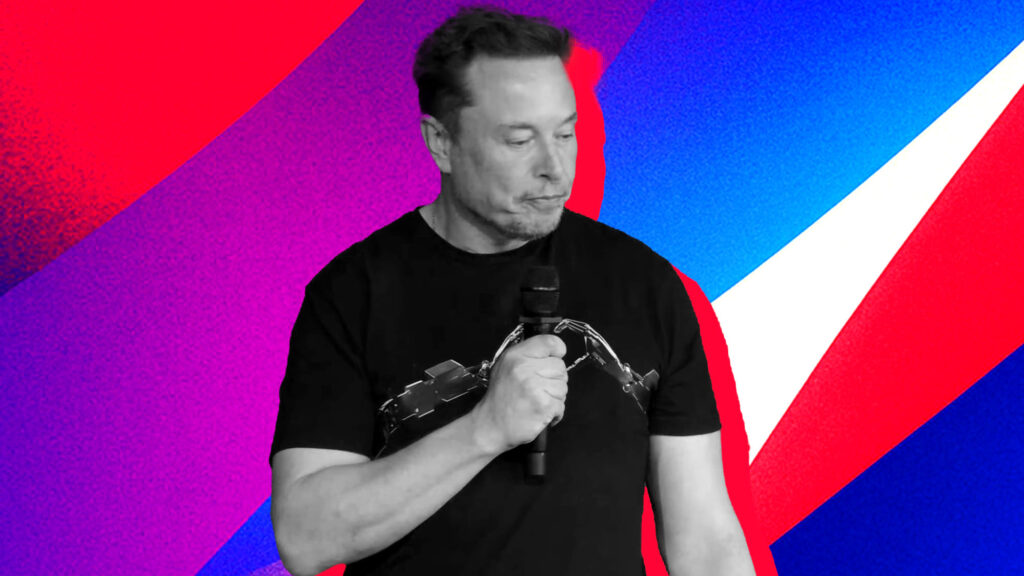
Trailblazing Pilot Anh-Thu Nguyen Dies in Tragic Indiana Plane Crash
